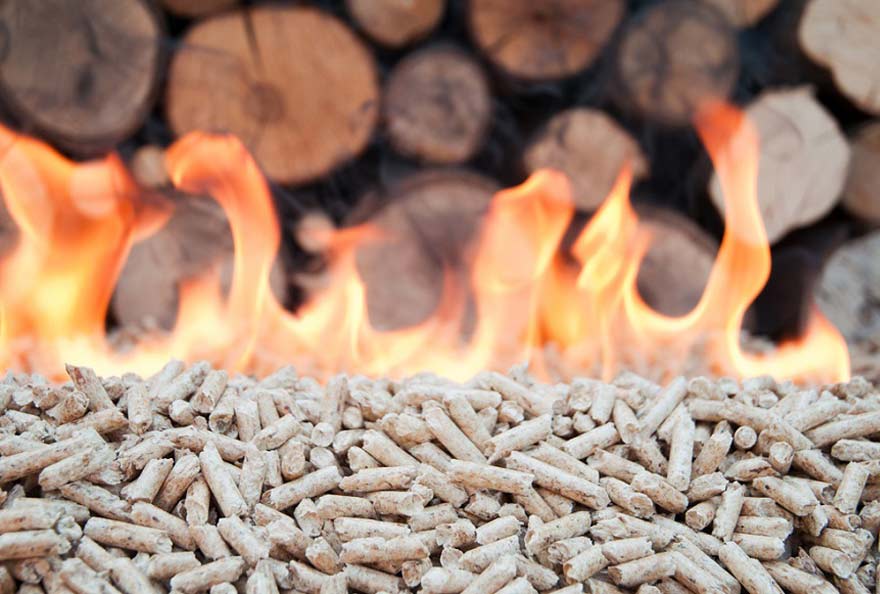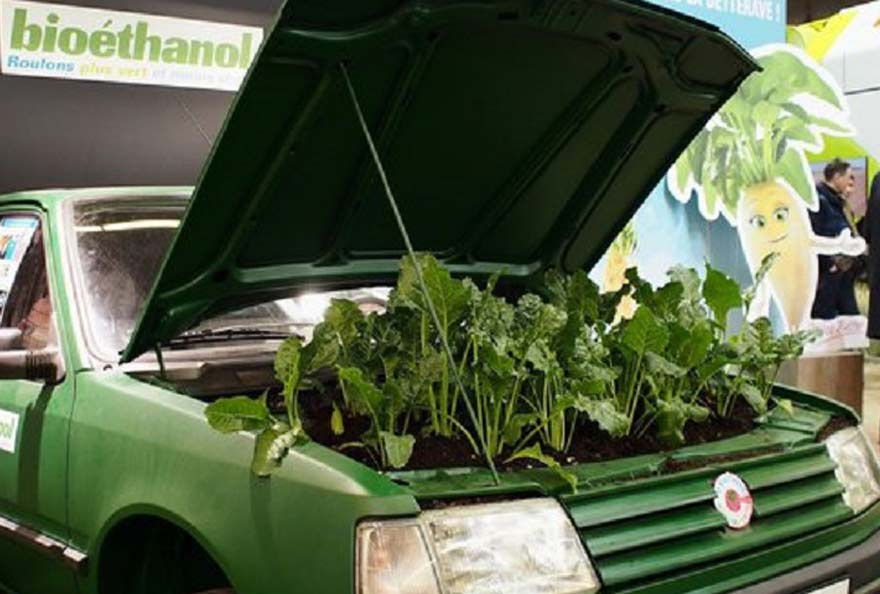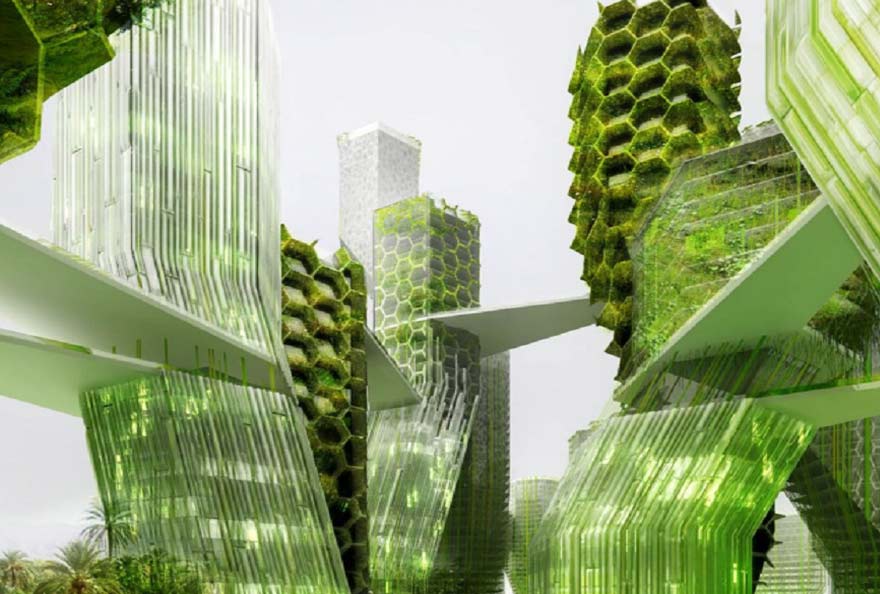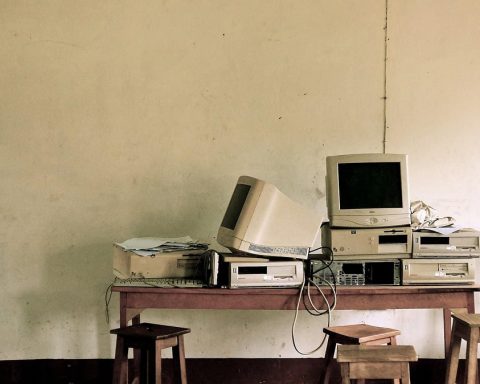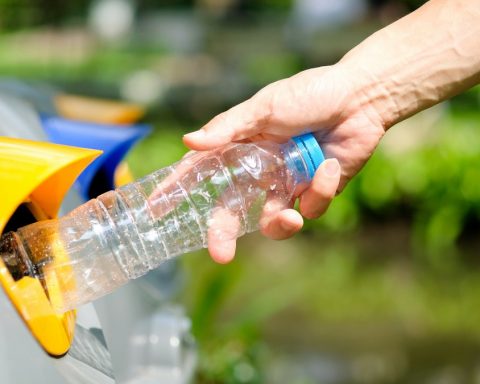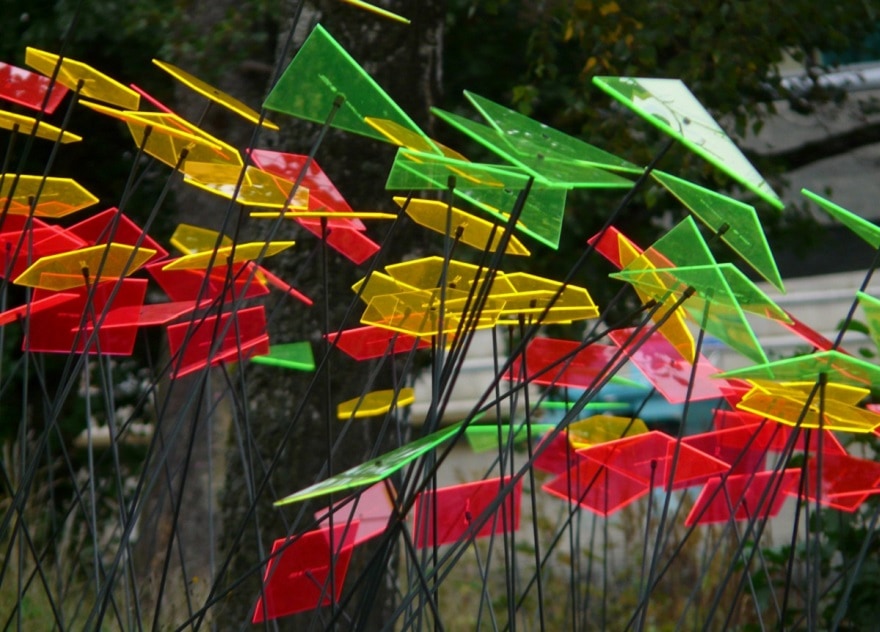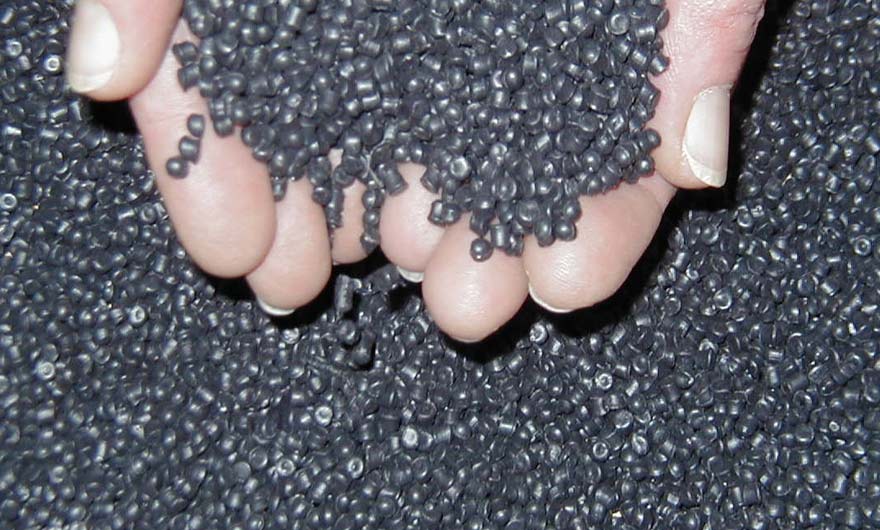Organic matter produced by living organisms or by their decomposition is spread evenly over the surface of the Earth. This biomass could improve the standard of living in developing countries and maintain that of developed countries without increasing the overall ecological footprint. State of play.
Ahe scarcity of natural resources is a central element in the question of economic growth. On the one hand, the inevitable depletion of fossil carbon resources, the fight against climate change and the tightening of regulations on the marketing of chemical products reinforce this problem. It is being put on the policy agenda, from local resource management to globalized resource exploitation. The concept of the green economy was highlighted at Rio + 20 in 2002. On the other hand, world population growth, the convergence of nutritional diets in many regions of the world towards a diet richer in lipids and proteins of animal origin, the movement of urban concentration and the ageing of populations will increase pressure on water, land and forests, in particular.
In this context, the concept of the bio-economy promoted as early as 2009 by the OECD (Organisation for Economic Co-operation and Development) is set out as a key to long-term prospects for economic growth. It was taken up by the European Commission in 2010, and by other Western governments to define their own industrial and scientific strategies. The leading countries are the USA (2012), Germany (2011 and 2013), the Netherlands (2009) and Sweden-Finland-Norway-Denmark (2012). The USA stands out by including red biotechnology dedicated to health in the bio-economy. This choice reflects a "technology-push" vision that leads to economic and environmental impacts.
The bio-economy refers to the sustainable production of biomass and its sustainable transformation into a range of products for food and feed, for industrial uses or for energy production. It is defined as all economic activities related to the development and production of products of biological origin or innovative biotechnological processes. One of the foundations of the bioeconomy aims to put an ancient resource: biomass back into the forefront.
This source of organic matter is produced by living organisms or by their decomposition. It is essentially made up of carbon, hydrogen and oxygen, which includes products of agricultural, forestry or aquatic origin, co-products and effluents from industries that process biological materials (sawmills, paper mills, agri-food industries, industrial livestock farms) and other organic waste (urban waste, sewage sludge from sewage treatment plants, household waste, green waste from parks and gardens). If the biomass available on earth is limited, photosynthesis makes it possible to envisage its renewal, thus entering into a circularity of carbon. In economic terms, the bio-economy comprises the agriculture, forestry, fisheries and forestry, food and biotechnology sectors and a wide range of industrial sectors (energy production, chemical products and materials for hygiene, clothing, housing, transport). An important part of economic production depends partly on biological materials. It is estimated that by 2030, the share of biotechnology will account for up to 35 % of chemical and industrial production and up to 80 % of pharmaceuticals and diagnostics.
The bio-economy is the seed of a new economic sector, organized around activities that are both complementary and competing. They concern access, exploitation and renewal of biomass, more broadly natural resources and beyond the soil. This field transcends and challenges the traditional divisions of economic sectors that empower the food and energy systems. It remains a major issue. The available biomass does not allow for a complete substitution of fossil carbon. Therefore, will the prioritisation of processes be based on hierarchies of use, with food as a priority, or on maximising added value, sustainability, efficiency or security of supply? Complementarities and competition between land uses will determine the quantitative role of the bioeconomy, with the extension of the debate to marginal lands ("brown lands") beyond agricultural and forest areas alone. The choice of plant species to be planted, from perennial plants to microalgae, is a major variable affecting sustainability and landscapes. Unlike fossil carbon, which is based on sinks, biomass is uniformly distributed over the surface of the globe. This gives it a contribution to regional or national sovereignty. This gives rise to contrasting visions between territorial biorefineries in production basins (field crops and forests) and port biorefineries (Rotterdam).
In the comparative analysis of strategies and policies, no canonical definition of the bioeconomy is required. However, in all patterns of thinking, two invariants stand out. On the one hand, green (plants and micro-algae), white (enzymes and microorganisms) and blue (macro-algae) biotechnologies are imposed from biodiversity for the identification of new enzymes, systems biology to synthetic biology. Biotechnology has three advantages: improved performance through genetic engineering, selectivity of biological mechanisms and creativity with synthetic biology. The driving force behind the technological paradigm shift is the contribution of modern biology's knowledge and expertise (broadband, post-genomics, etc.) to shake up conventional processes. No equivalent paradigm shift is visible for physics or organic chemistry. On the other hand, the systems approach brings the crossovers of food, chemical and energy systems. In addition to this agricultural-forestry core, additions depending on the country are appearing with fishing, or even health (USA).
In relation to meeting the needs of the planet, two objectives can be given priority, although they are not easily compatible. The first is the improvement of the efficiency (productivity) of natural resources through an intensive "injection" of technological progress and scientific knowledge capital (biotechnologies in the broad sense).
The second is to ensure the sustainable (more sober and better controlled) use of these biological resources through scientific, social and economic innovations in the control of agro-ecosystems at different geographical scales. In this respect, the bioeconomy raises questions about the capacity of natural environments to take up resources without affecting other ecosystem services (support, socio-cultural regulation) in order to ensure intergenerational solidarity.
The bioeconomy has two complementary visions depending on the definitions. The first is a scientific and economic strategy. It creates the conditions for a transition from an economy based on fossil resources to an economy based on biological raw materials (efficient economic growth, in harmony with the environment and adopted by society). Biotechnologies are then elements of technological breakthrough in our socio-ecosystems. The bio-economy becomes the operational extension of sustainable development, in synergy with the sobriety-based evolutionary scenarios for so-called developed societies. The second vision is that of sustainable growth through progress in the biosciences. They aim at the "biologization" of industrial processes and products, with the development of eco-technologies and the reduction of waste. In both cases, it implies the development of skills associated with increased protection through intellectual and industrial property (licences, patents). The latter must precede and accompany the rapid implementation of an industrial exploitation phase.
This presentation leads naturally to place the research strategy in a perspective of interdisciplinary finalized investigation. In order to implement it, exchanges of cross competences between the world of classical chemistry and the agro-industrial or forestry sectors will have to be continued and intensified. At present, economic partnerships involving players from the chemical industry and the world of agriculture and forestry are evidence of this development. One consequence is that the commodity chain approach is being called into question. This analysis of economic activity is based on a vertical breakdown that focuses on the relationships between the different stages of a production process.
However, this view is incorrect in the bio-economy. Some biomasses are interconvertible, via the biorefinery, to meet end-product needs. The co-products and outputs of certain activities should be considered in a cascade logic, whose ultimate fate is CO2 and the return of elements N (nitrogen), P (phosphorus) and K (potassium) to the cropping systems. This triple logic of fractionation, interconversion and cascade, abusively called circular economy, justifies the use of the system concept. Relations between the actors are destabilized insofar as the technologies themselves are subject to significant variations, particularly as a result of innovation, which leads to permanent reorganization of the sectors. Even if the territorial scale is to be promoted for a sustainable vision, recourse to foreign supply remains possible. Industrial reorganisation is a permanent process where SMEs, ETIs (mid-sized companies) and large groups must be given balanced attention.
Vocational training in these new technologies and systemic vision should be considered. Designing systems parallel to those of fossil carbon chemistry would be a mistake. All the more so as synergies, already existing, are to be encouraged both in the cross-fertilization of disciplinary skills and in the flow of materials, energy and information. The bioeconomy questions us about the relevant scales for developing holistic approaches in territories, in connection with ecosystems. They are characterized by: ecosystem variability, a technological trajectory for chemical, energy and food transitions, and resilience-robustness of chemical, energy and food systems. Priority should be given to proposing a scenario of French territorial variations with research, demonstration and deployment. The bioeconomy is a means of co-locating production and processing activities with a view to sustainability. The choice of the scale of work (territory, nation, region, world) deserves to be reasoned in terms of the issues that can be mobilised. The objective is to change scale, to move from the proliferation of micro-projects to a broader vision. This perspective is in line with the concept of smart specialization, which takes up the idea of industrial policy on a local scale.
Paul COLONNA, Research Director at INRA and Egizio VALCESCHINI, Research Director at INRA
Login
0 Comments
Inline Feedbacks
View all comments

